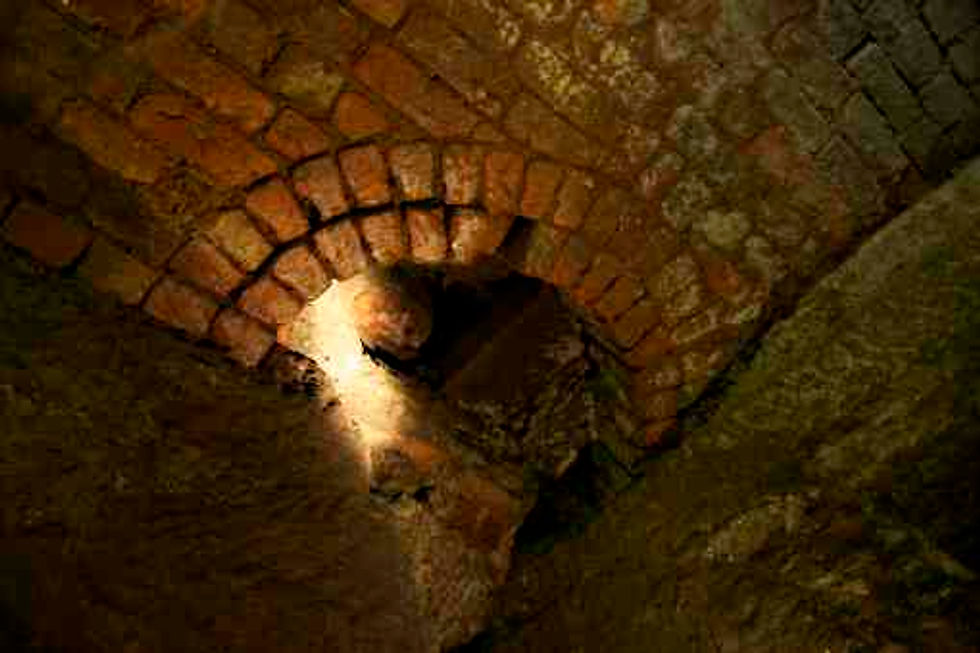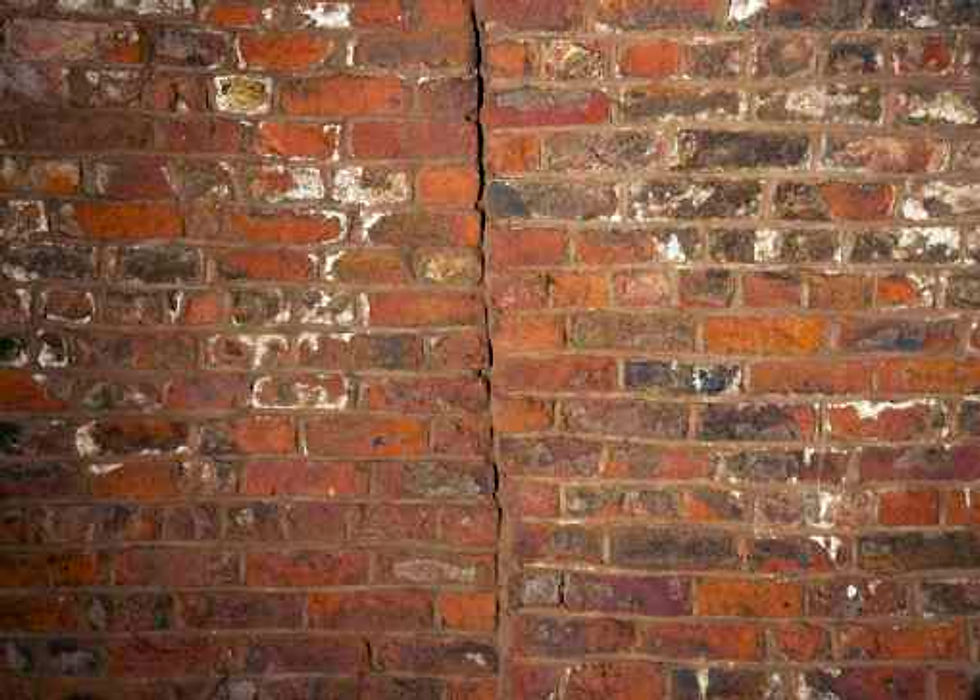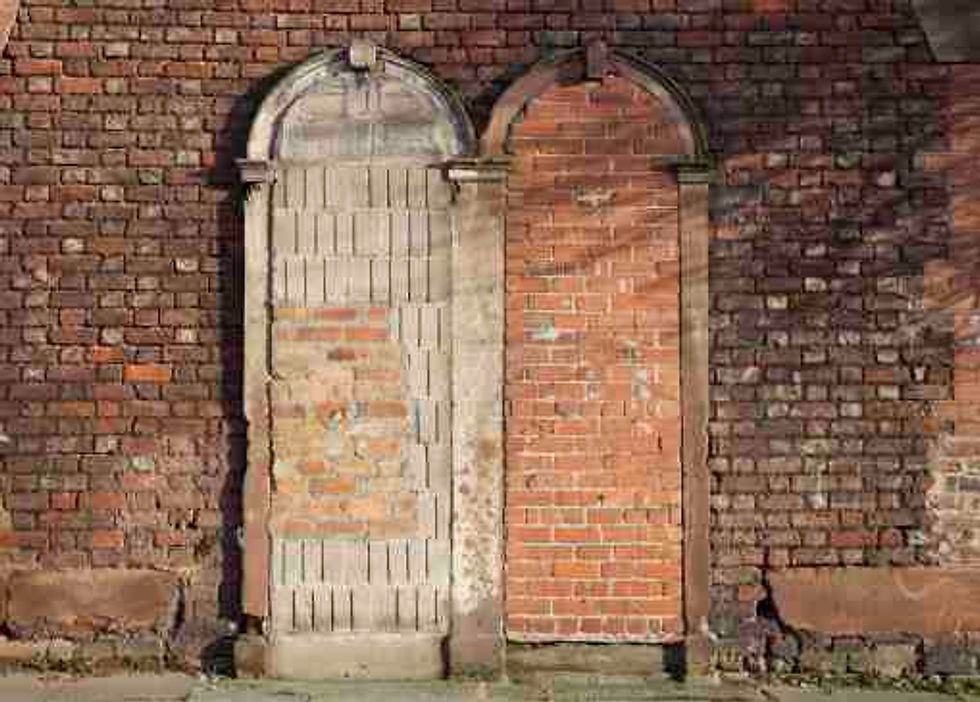
1. Entrance to the Williamson Tunnels
Around 1805, the tobacco-merchant Joseph Williamson moved with his wife to Edge Hill, a relatively undeveloped suburb of Liverpool. He began to build more houses in the area, but because this part of Edge Hill lay on top of an old sandstone quarry, the ground was uneven and Williamson decided to level the ground by building brick arches over the old quarry. These tunnels would become the first part in an extraordinary development that spread into the surrounding area (1). In the following thirty years, until Williamson’s death in 1840, many miles of tunnels would be built, employing hundreds of local men left unemployed by the recession that hit Britain in the years after the end of the Napoleonic Wars in 1816.

2. Map showing the Williamson Tunnels that are currently known
Visiting the tunnels today – only a fraction of the network created by Williamson is accessible – one is struck by the absurd quality of the whole project. Looking at a map of the tunnels so far discovered (2), one sees that some tunnels join together, while others peter out after a few metres. Further inspection of the tunnels heightens this sense of absurdity: one tunnel, barely wide enough to squeeze through, cuts through a wall and then abruptly stops; another passes vertically through the ground, its opening visible on the roof of another tunnel (3); finally, one of the large brick tunnels was built on top of another for apparently no reason.

3. Brick opening on the roof of the tunnel open to visitors
Many have speculated on the reasons for Williamson’s tunnelling obsession: that he belonged to a religious sect and designed the tunnels as a safe haven from an imminent apocalypse; that he sought solace in the underground after his wife died in 1822; or that he was a showman courting publicity by being deliberately evasive about his motives. However, one thing is clear: Williamson provided much-needed employment for men in his local community, even if that employment seemingly had no direction. He continued to take more men on, some of which apparently performed pointless duties, like moving piles of rocks from one place to another and then moving them back again, or building tunnels and then immediately sealing them up. Viewed in this way, the project seems like an elaborate joke at the expense of capitalist notions of work – far odder than a simple act of philanthropy. All the bricks lining the tunnels were made by hand rather than by machines (4), suggesting a work-ethic more akin to WIlliam Morris than other contemporaneous subterranean projects like the Thames Tunnel, begun in 1825. In Williamson’s tunnels, work becomes an end in itself, disconnected from cycles of production and consumption, just like the utopian vision of work in Morris’s News From Nowhere (1890).

4. Handmade bricks lining the tunnel arches
Today, the presence of the tunnels creates an atmosphere of mystery in the surrounding area, now a run-down inner-city suburb of Liverpool. Walking the streets near the tunnels’ visitor centre, one cannot help but notice things in the landscape that would not normally solicit attention: high fences, dead-ends, abandoned buildings, bricked-up windows and doors (5). For, with the half-known understanding of Williamson’s tunnels, everyday sights take on a mysterious and alluring quality; for everything might now be a portal to another world, one that transforms the everyday into the marvellous.

5. A portal to another world?
Comments